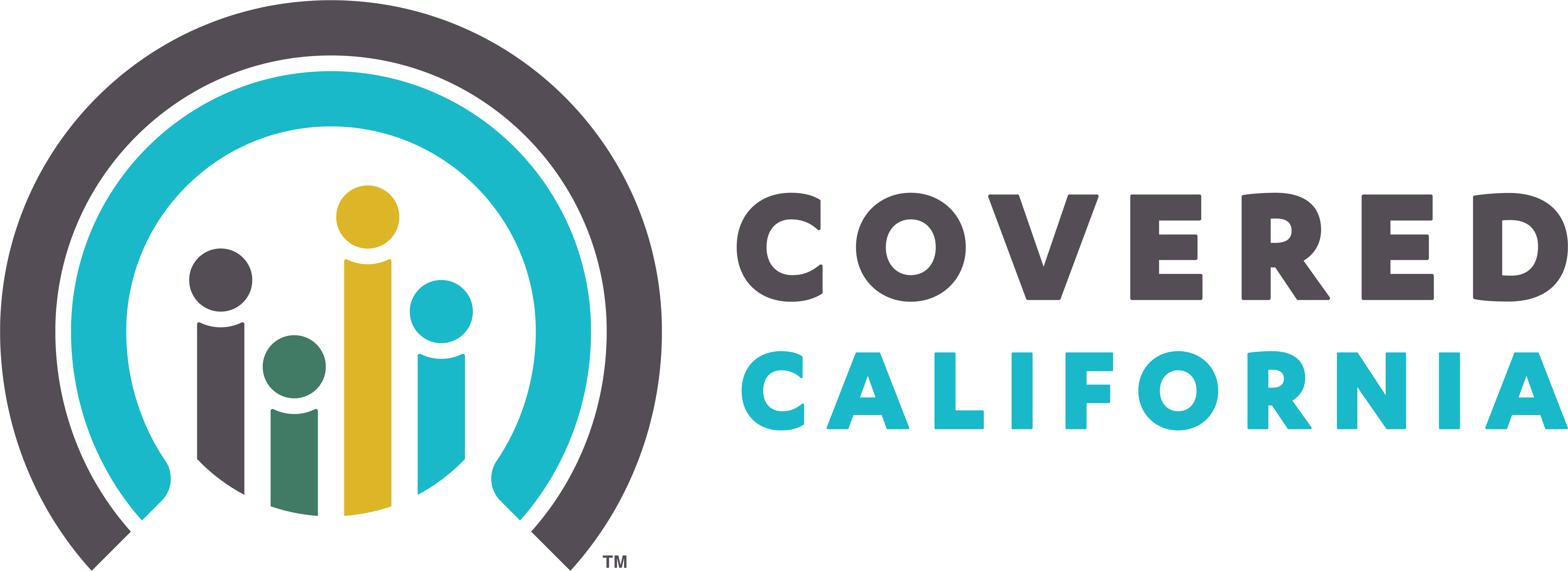What income do I report on my Covered California application?
Generally, the projected annual income on your Covered California application should match your Adjusted Gross Income (line 11 of Form 1040) from your most recent Federal Tax Return. This is the recommended method if your annual income stays at a constant level from year to year.
When to Use Different Calculations
There are a few instances where using the Adjusted Gross Income listed on your most recent Tax Return will not be accurate:
Add Non-Taxable Income
If you receive:
- Social Security benefits
- Foreign Earned Income
- Tax Exempt Interest
Add the non-taxable portion to calculate your MAGI.
Income Changes
Use current documentation if:
- Income significantly changed
- New job or job loss
- Business income fluctuations
Use pay stubs, P&L statements, or bank statements.
Keep in mind that the annual income listed on your Covered California application is a projection for the same tax year you will have the Health insurance coverage. So what you earned last year should not be used unless you expect to earn approximately the same amount.
Need help? Please feel free to contact us at (818) 350-2675 with any further questions or if you would like free assistance in completing the income portion of your Covered California Health Insurance application properly.
Download Income Guidelines Chart to see if you qualify for financial assistance.
